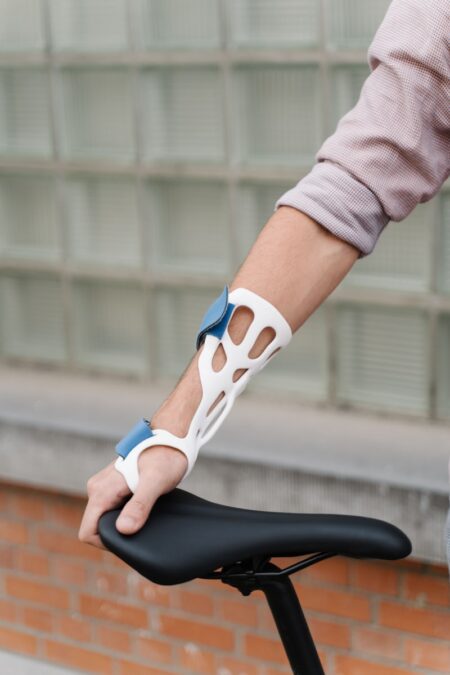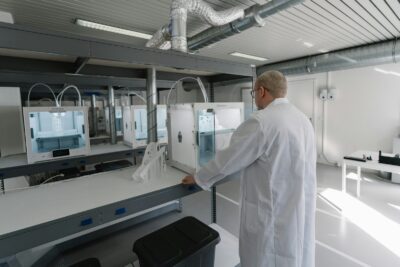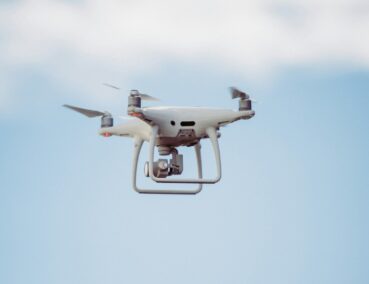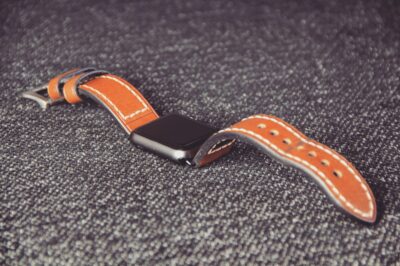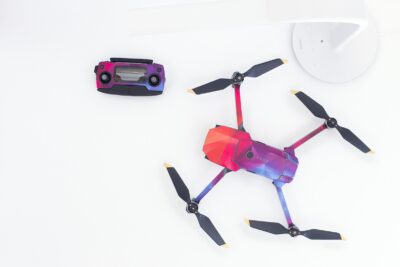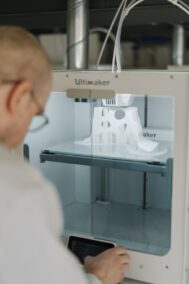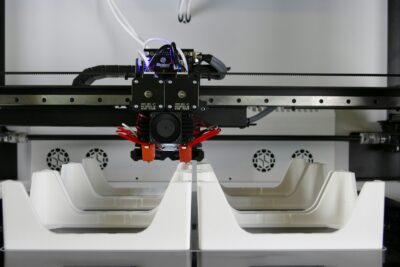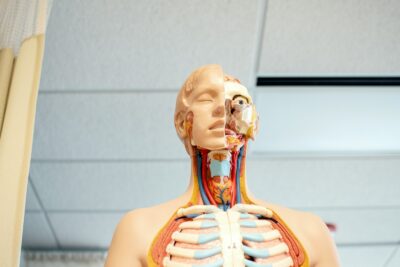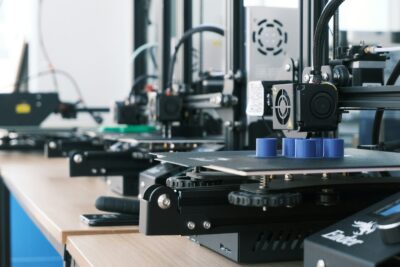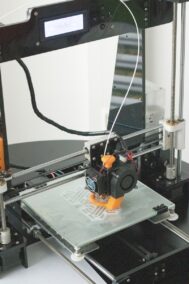3D Printing in Orthotics and Prosthetics: A New Era of Custom Solutions
Introduction to 3D Printing in Orthotics and Prosthetics
The field of orthotics and prosthetics has seen significant advancements due to the integration of 3D printing. The capability to produce custom-fit orthotics and prosthetics using 3D printing technology is not only enhancing patient outcomes but also optimizing production processes. By allowing for precise customization, this technology is addressing the unique anatomical and functional needs of patients more effectively than traditional methods.
Orthotics and prosthetics play a crucial role in improving the quality of life for individuals with mobility impairments. The traditional fabrication methods, however, often involve lengthy processes and do not always guarantee an exact fit. With the advent of 3D printing, it is now possible to create highly personalized and accurately fitting devices in a fraction of the time. This shift not only reduces the waiting period for patients but also significantly enhances the functionality and comfort of the orthotic and prosthetic devices.
The impact of 3D printing in this domain extends beyond just the fabrication process. It also offers economic advantages by lowering production costs and minimizing material waste. Furthermore, the ability to rapidly prototype and iterate designs leads to continuous improvements and innovations in device performance. As we delve deeper into the benefits and applications of 3D printing in orthotics and prosthetics, it becomes evident that this technology is setting new standards in patient care and rehabilitation.
Enhancing Patient Care Through Custom-Fit Solutions
One of the most significant benefits of using 3D printing technology in orthotics and prosthetics is the ability to create custom-fit solutions tailored to the individual needs of patients. Traditional methods often involve casting and molding, which can be uncomfortable and imprecise. In contrast, 3D printing utilizes digital scanning to capture the exact dimensions and contours of the patient’s limb or body part. This data is then used to create a digital model, which can be modified and optimized before printing.
The result is a device that fits perfectly, offering improved comfort and functionality. For patients, this means reduced pain and discomfort, better mobility, and a higher overall quality of life. For instance, in Saudi Arabia and the UAE, where healthcare infrastructure is rapidly advancing, the adoption of 3D printing for orthotics and prosthetics is becoming more prevalent. Clinics and hospitals in cities like Riyadh and Dubai are integrating this technology to provide state-of-the-art care to their patients.
Moreover, the customization offered by 3D printing extends to aesthetic aspects as well. Patients can choose from various designs and colors, making their orthotic or prosthetic devices more personal and appealing. This aspect is particularly important for children and young adults, who may feel self-conscious about wearing such devices. By giving them a choice in the appearance of their orthotic or prosthetic, 3D printing helps boost their confidence and acceptance of the device.
Streamlining the Production Process
The traditional production of orthotic and prosthetic devices involves multiple steps, each requiring considerable time and manual labor. From taking measurements to creating molds and making adjustments, the process can be cumbersome and prone to errors. However, 3D printing streamlines this entire workflow, making it more efficient and accurate.
By utilizing digital scans and computer-aided design (CAD) software, clinicians can design and modify devices with ease. Once the design is finalized, it can be sent directly to a 3D printer, which produces the final product with high precision. This not only reduces the time required to create the device but also eliminates many of the manual steps that can introduce errors. As a result, patients receive their custom-fit orthotic or prosthetic devices faster and with fewer fittings needed for adjustments.
In addition to improving efficiency, 3D printing also allows for the use of advanced materials that are lightweight, durable, and biocompatible. This enhances the overall performance and longevity of the devices. For instance, the use of flexible filaments can provide better comfort and adaptability for dynamic movements, while rigid materials can offer strong support where needed. The ability to experiment with different materials and designs quickly and cost-effectively drives innovation and improvement in orthotic and prosthetic solutions.
Applications and Innovations in the Field
The applications of 3D printing in orthotics and prosthetics are vast and continually evolving. One of the most promising areas is the development of adaptive devices that can change shape or stiffness in response to the user’s needs. For example, researchers are working on 3D-printed prosthetics that can adjust their tension based on the activity being performed, providing optimal support and flexibility.
Another exciting development is the use of embedded sensors within 3D-printed devices. These sensors can monitor various parameters such as pressure, temperature, and movement, providing real-time feedback to both patients and clinicians. This data can be used to make further adjustments to the device or to monitor the patient’s rehabilitation progress. In cities like Riyadh and Dubai, where advanced healthcare technologies are being rapidly adopted, such innovations are likely to become integral parts of patient care.
Furthermore, 3D printing is enabling the creation of prosthetic devices with enhanced functionalities. For instance, researchers are developing 3D-printed prosthetics with integrated electronic components that allow for better control and feedback. These devices can include features such as touch sensors, actuators, and even neural interfaces, significantly improving the user’s ability to perform complex tasks.
The Economic and Environmental Impact
The economic advantages of integrating 3D printing into the orthotics and prosthetics industry are substantial. Traditional manufacturing processes are often labor-intensive and involve significant material wastage. In contrast, 3D printing minimizes waste by using only the necessary amount of material to create each device. This not only reduces costs but also has positive environmental implications by conserving resources and reducing the carbon footprint associated with production.
In addition to material savings, 3D printing reduces the need for extensive inventories. Since devices can be produced on-demand, there is no need to stockpile various sizes and types of orthotics and prosthetics. This lean approach to manufacturing allows clinics and hospitals to manage their resources more efficiently and respond more quickly to patient needs.
Moreover, the cost-effectiveness of 3D printing makes advanced orthotic and prosthetic solutions more accessible to a broader population. In regions like Saudi Arabia and the UAE, where healthcare systems are expanding and modernizing, the adoption of cost-efficient technologies such as 3D printing can help address the growing demand for high-quality medical devices. This, in turn, enhances the overall healthcare infrastructure and supports better patient outcomes.
Conclusion: The Future of 3D Printing in Orthotics and Prosthetics
As we look to the future, the potential of 3D printing in orthotics and prosthetics appears boundless. The technology is not only transforming the way these devices are designed and manufactured but also significantly improving the lives of patients. With continued advancements and innovations, 3D printing is set to become a standard practice in the industry, offering unparalleled customization, efficiency, and performance.
For business executives, mid-level managers, and entrepreneurs, understanding the implications of 3D printing in this field is crucial. The integration of this technology can lead to new business opportunities, improved patient care, and a competitive edge in the healthcare market. In cities like Riyadh and Dubai, where technological adoption is at the forefront, embracing 3D printing in orthotics and prosthetics can position healthcare providers as leaders in innovation and patient satisfaction.
As the industry evolves, stakeholders must stay informed about the latest developments and best practices. By doing so, they can leverage the full potential of 3D printing to drive progress and achieve success in the dynamic field of orthotics and prosthetics.
#3DPrinting #Orthotics #Prosthetics #CustomFitSolutions #HealthcareInnovation #MedicalDevices #SaudiArabia #UAE #Riyadh #Dubai #PatientCare #TechnologyInHealthcare

